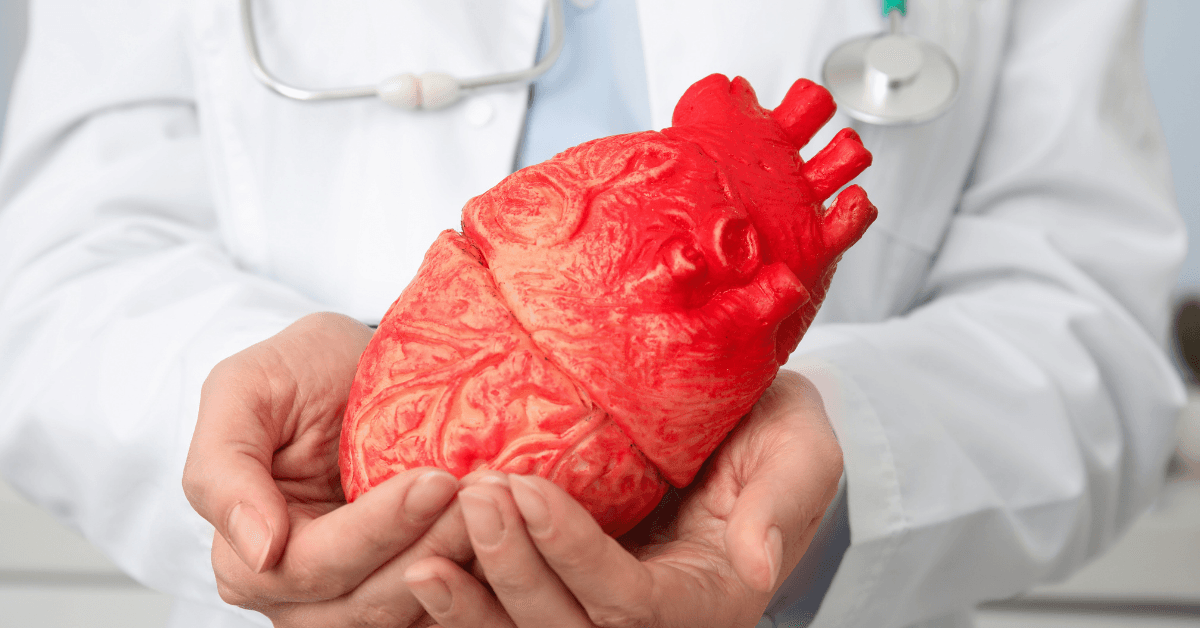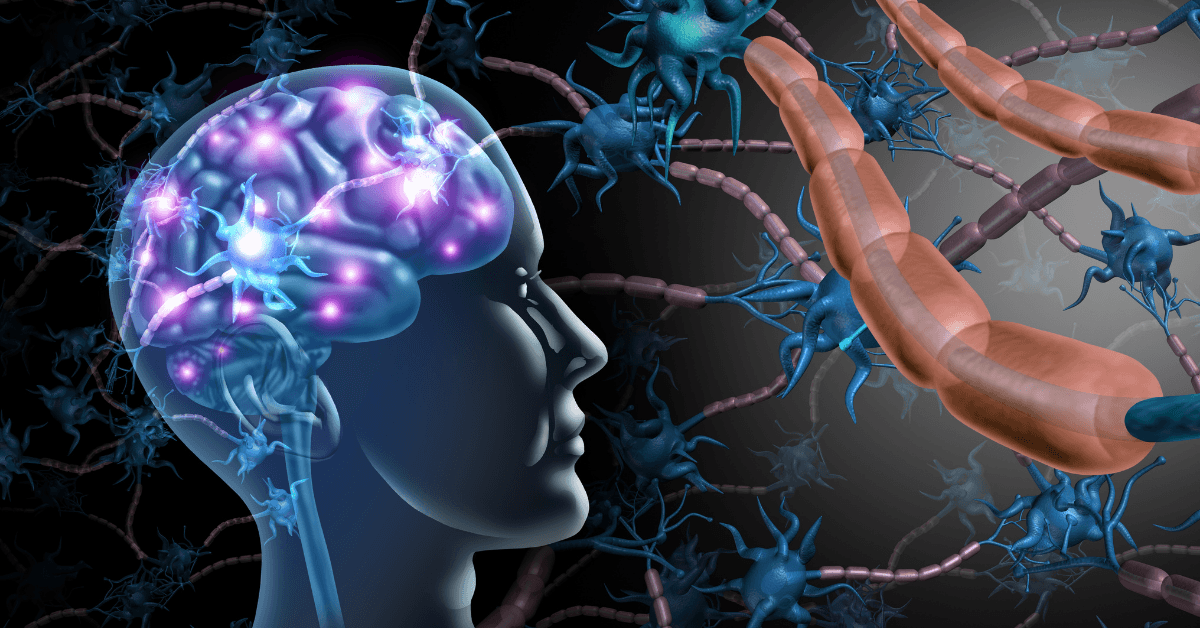Why Every Second Counts in Early Stroke Detection
Although stroke is still one of the major causes of mortality and disability in the world, prompt treatment can save lives. Early Stroke Detection-Early identification lowers brain damage, improves quality of life, and significantly improves recovery results. This blog explores the crucial symptoms, cutting-edge diagnostic techniques, and doable actions that everyone should be aware of to effectively prevent stroke.
Recognizing Stroke: A Quiet Crisis-Early Stroke Detection
When blood supply to the brain suddenly stops, either because of a clot (ischemic stroke) or a burst artery (hemorrhagic stroke), a stroke ensues. Within minutes, brain cells start to die; therefore, quick action is crucial. Early symptom detection can make the difference between a complete recovery and long-term impairment.
Common misunderstandings, such as the belief that strokes exclusively occur in older persons, delay treatment. However, research indicates that younger populations are experiencing an increase in stroke rates. Learning the warning signals should be a top priority for everyone, regardless of age.
Crucial Symptoms and Signs: Take Quick Action
The FAST acronym facilitates easier stroke identification.
Ask the person to smile if their face is drooping. Does one side droop?
Arm Weakness: Would it be possible for them to lift both arms equally?
Speech Difficulty: Do they speak incoherently or slurredly?

When to Call Emergency Services: You must act quickly-Early Stroke Detection
After FAST, monitor for any unexpected disorientation, blurred vision, excruciating headaches, or balance issues. Symptoms frequently start out suddenly and get worse fast. Temporary symptoms should never be disregarded since they might indicate a “mini-stroke” (TIA), which needs immediate medical attention.
What Makes You Vulnerable? Risk Factors.
Certain risk factors, such as age, heredity, or previous strokes, are beyond your control. However, many risk factors are within your control and are related to your lifestyle:
Hypertension: High blood pressure damages arteries over time.
Smoking damages blood arteries, which doubles the risk of stroke.
Diabetes: Uncontrolled blood sugar levels accelerate vascular damage.
Obesity: Carrying too much weight puts stress on the heart and blood vessels.
Sedentary Behavior: Inactivity weakens cardiovascular health.
Frequent screenings aid in the detection of silent dangers, such as atrial fibrillation, an abnormal heartbeat that raises the risk of clots. Early treatment of these issues can prevent up to 80% of strokes.
Advanced Diagnostic Instruments: Accuracy and Speed
Modern medicine provides advanced methods to quickly confirm strokes:
CT scans: Rapidly identify brain clots or hemorrhage.
MRI scans produce fine-grained pictures of damaged brain tissue.
Carotid Ultrasound: Examines the arteries in the neck for plaque accumulation.
Blood tests: Find infections or clotting issues.
Hospitals are increasingly reducing diagnostic times by using AI-powered systems to evaluate images more quickly. In remote locations, mobile stroke units—ambulances with CT scanners—improve patient outcomes by delivering emergency care right to patients’ doorsteps.
Prevention Techniques: Creating a Barrier to Prevent Strokes-Early Stroke Detection
The risk of stroke is considerably reduced by proactive measures:
Aim for blood pressure readings under 120/80 mmHg to control it.
A heart-healthy diet should emphasize lean meats, whole grains, and leafy greens.
Engage in Regular Exercise: Try to get 150 minutes a week of moderate exercise.
Limit alcohol consumption to one drink per day for women and two for men.
Quit Smoking: Counseling or nicotine patches can help people stop smoking.
Additionally, use medicine and routine checkups to control long-term illnesses like diabetes. According to studies, even a small weight loss (5–10% of body weight) lowers the risk of stroke by 20%.

Public Awareness’s Crucial Role
Many stroke victims put off getting help because they are unaware of it. Community education initiatives, such as the campaigns run by the American Stroke Association, teach people how to identify signs and take quick action. Regular sessions should be held in companies and schools to dispel stereotypes about strokes.
Social media is also critical. Videos and infographics that are easily shared can instantly disseminate life-saving information around the world. Keep in mind that knowledge is protection as well as strength.
Emergency Response: How to Handle a Stroke If you think you may be having a stroke:
Make an emergency service call. Right away: Don’t wait for the symptoms to “go away.”
Take note of symptom onset time: Medications such as clot-busting agents (tPA) are most effective when used within 4.5 hours.
Keep the Person Calm: Make sure they’re sitting securely and loosen any tight garments.
Don’t Offer Food or Drink: Choking might occur due to difficulty swallowing.
Stroke patients are given priority by first responders, guaranteeing prompt transportation to hospitals with stroke certification. Every minute counts; if you lose time, you lose brain.
The Path to Rehabilitation After a Stroke
Survivors frequently experience cognitive, linguistic, or physical difficulties. Early therapy, which should begin within 24 to 48 hours, increases recovery chances. Among the therapies are:
Strength and mobility are restored via physical therapy.
Occupational therapy: Reteaches everyday skills such as cooking and dressing.
Speech therapy addresses communication obstacles.
Counseling and support groups assist patients and their families in overcoming emotional obstacles. Virtual reality training and robotic exoskeletons are two innovations that are transforming rehabilitation and giving patients hope for more complete recoveries.

In conclusion, be alert and be safe.
A stroke can strike anyone at any time; it doesn’t discriminate. We can save many lives by being aware of the warning signals, controlling the dangers, and raising awareness. Spread the word to your loved ones, make time for routine checkups, and never forget that the best defense is early detection.
Keep yourself updated, be ready, and let’s work together to combat stroke.



